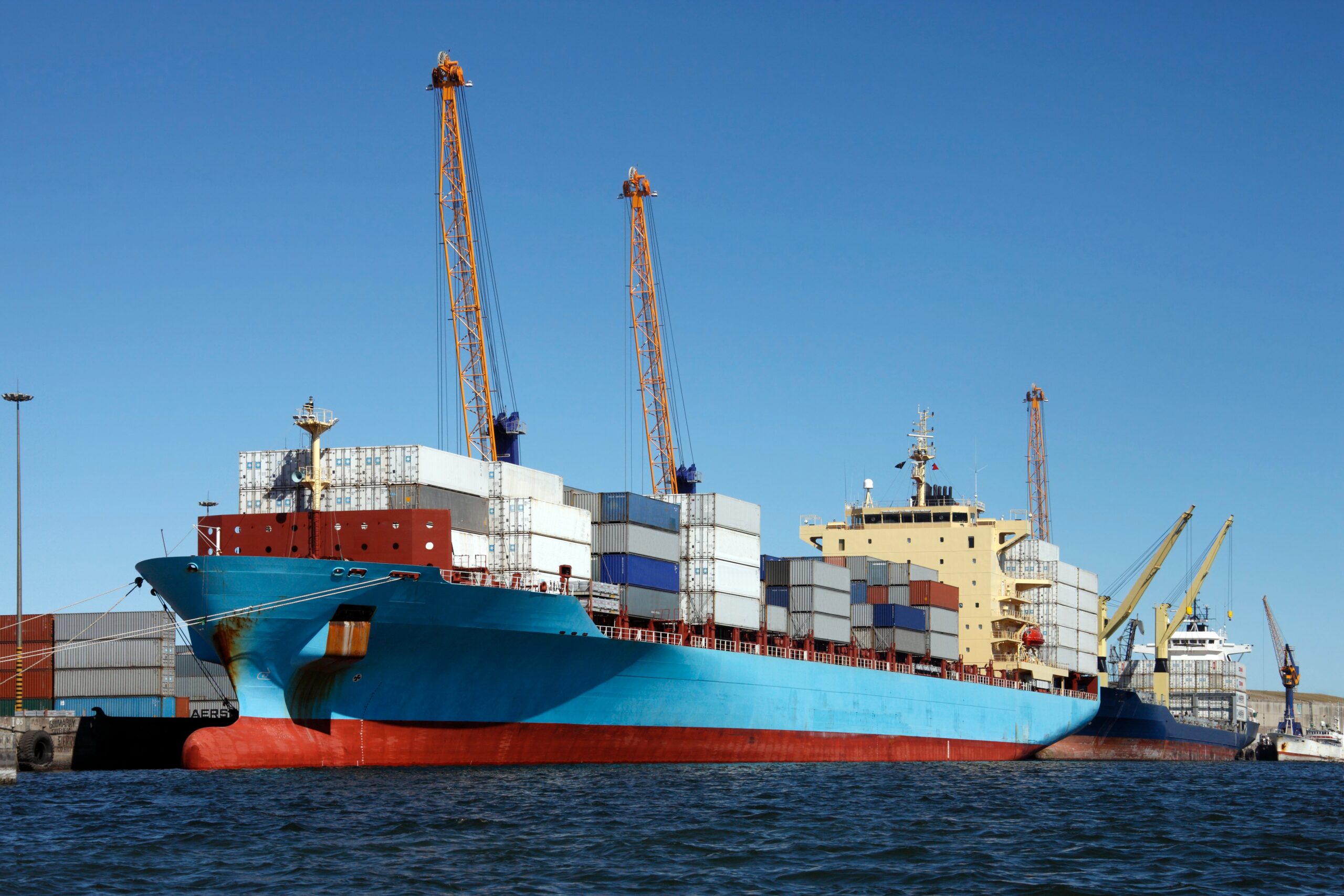Introduction
Trade is one of the key sectors in which the Government of Kenya has a keen focus, with the aim of attracting investment into the economy as well as exploiting the local trade opportunities. Previously Kenya had implemented Economic Processing Zones (EPZ) which were aimed at attracting and encouraging export-focused investments. The EPZ is managed by the Export Processing Zones Authority (EPZA), which was established in 1990, by the EPZ Act CAP 517, Laws of Kenya.
However, there has been a shift from export-focused investment towards Special Economic Zones (SEZ) which are directed towards encouraging growth in the local market without a specific focus on exports. SEZs were set up to not only boost local and Foreign Direct Investment (FDIs), but to also widen the scope in terms of investment opportunities. Special Economic Zones, are established and defined by the Special Economic Zones Act 2015 (The Act).
Special Economic Zones (SEZs)
A special economic zone (SEZ) is a designated and declared custom-controlled areas in a country that is subject to different economic regulations than other regions within the same country. Kenya has 15 gazetted SEZs. The purpose of SEZ inter alia is to attract Foreign and Domestic direct investments where goods introduced and services provided are generally regarded, in so far as import duties and taxes are concerned, as being outside the customs territory. They are widely and increasingly considered an important policy tool for economic development.
The Special Economic Zone Authority (SEZA) is the regulatory body of all SEZs. It is responsible for designing, approving, establishing, developing, operating, promoting and regulating an SEZ. Further, it issues licences and implements Government policies and programmes. The Authority is in charge of determining the investment criteria and investment thresholds for the businesses in the zone and maintains records of the enterprises and residents operating in each zone.
Special Economic Zones may include, but are not limited to:
- free trade zones;
- industrial parks;
- free ports;
- information communication technology parks;
- science and technology parks;
- agricultural zones;
- tourist and recreational zones;
- business service parks;
- livestock zones.
Licences Issued
There are three licenses issued under SEZS including:
- Operator Licence- This is a licence given to a corporate entity engaged in the management of a SEZ;
- Developer’s licence – This is a licence given to a corporate entity engaged in the development and operation of a SEZ;
- Enterprise Licence- This is a licence given to a corporate entity carrying out business in an SEZ
The application is done online at here.
The application process is as follows:
- Present business plan of proposed SEZ activity and SEZ project Enterprise application form attaching all requisite documents;
- Once the Application satisfies requirements, an approval letter and a letter of “No Objection” is written to the Business Registration Service (BRS) to enable the investor to register/incorporate an SEZ company;
- Incorporation of New SEZ entity is carried out by the Business Registration Service;
- An SEZ Enterprise License is issued to the newly Incorporated SEZ Company after payment of annual license fee at USD 1,000/= and fulfilling the following requirements:
- Investment Agreement and the Land Lease Agreement from the SEZ Developer/Operator
- NEMA license; and
- Fulfilling any other registration conditions given at this stage relating to business activity.
Objectives of Setting Up Special Economic Zones
As mentioned, there has been a shift from EPZs to SPZs due to the specific objectives the Government is seeking to meet. The specific objectives of SEZs include
- To attract both local and foreign investments;
- To expand and diversify production of goods and services for domestic and export markets;
- To promote value addition;
- To promote local entrepreneurship through Small and Medium Enterprises (SMEs);
- To enhance technology development and innovation; and
- To promote rural and regional industrialization by exploiting comparative advantage of local resources.
Incentives And Benefits at SEZ
SEZs enjoy several incentives and benefits including:
- Fiscal Incentives
- Fully exempted from value added tax (VAT);
- Fully exempted from excise duty;
- Fully exempted from import duty;
- Fully exempted from import declaration fee;
- Fully exempted from stamp duty;
- Fully exempted from advertisement fees;
- Fully exempted from business service permit fees;
- 10% corporate tax for the first ten years followed by 15% corporate tax for the next ten years then 30% corporate tax for the subsequent years;
- 100% of the investment deduction allowance on capital expenditure on building and machinery; and
- 5% withholding tax.
- Administrative Incentives
- SEZA Investor Support Division assists new companies and provide help and advice in the areas of labour regulations, work permits, import-export logistics, application for utility connections, and registration with tax authorities;
- Single license in running operations;
- Rapid project approval and licensing with exemptions of projects requiring NEMA approvals;
- No Exchange Controls. That is, liberalized foreign exchange regime and easy repatriation of capital and profits, access to foreign currency accounts, domestic and offshore borrowing;
- Onsite customs documentation and inspection by Customs Staff. All zones have a resident Customs office for on-site customs documentation and clearance. A Senior Revenue Officer is attached to the SEZA management to assist in all matters relating to customs and excise;
- Unrestricted investment by foreigners; and
- The licensed special economic zone enterprises, developers and operators shall be entitled to work permits of up to twenty (20) percent of their full-time employees; and on the recommendation of the Authority, additional work permits may be obtained for specialized sectors.
- Other benefits
- World class infrastructure;
- Market access. Kenya’s SEZs can import and export goods and services without any set limitations to the quantity or monetary value of goods. The SEZ entity can therefore export up to 100% outside of the domestic and EAC market and sell up to 100% into the EAC market provided all applicable duties are paid as per the Common External Tariff (CET) hand book; and
- Favourably regulatory regime.
How can we help
At Agema Analysts we provide advisory services on legal and regulatory compliance matters regarding your company operations in Kenya. Please do not hesitate to get in touch with us with any queries or comments.





